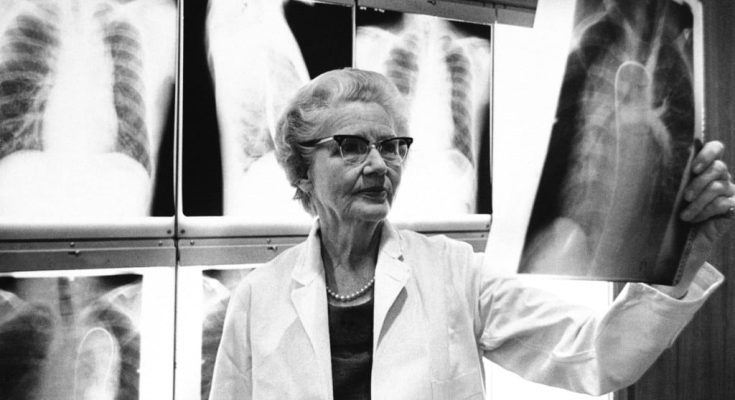Women in science have never had it easy. But despite the discrimination and lack of recognition these women faced, their hard work led to groundbreaking scientific discoveries. Today, those discoveries have saved many lives, and it’s all thanks to these ladies in STEM. These role models should be inspirations to us all in the moments that we don’t believe in ourselves. Today, we want to say their names as much as possible and share the stories that blazed new trails in different science fields.
1. Alice Ball
Born in 1892, chemist Alice Ball was the first African American to get a master’s from the University of Hawaii. She was also the first female chemistry professor that the University of Hawaii ever hired. Sat the young age of 23, she developed the first treatment for leprosy, which previously had a very low percentage of recovery. She developed an easily injectable form of chaulmoogra oil, saving many lives. Unfortunately, she passed away before she could get the credit she deserved, and her own supervisor at the university tried to claim her research as his. However, in the 21st century, her achievements are now fully recognized.

2. Gerty Cori
Hailing from the Czech Republic, Gerty and her husband immigrated to the US in 1922. When they got there, they started medical research and discovered the Cori cycle. This cycle demonstrates how the body uses chemical reactions to turn the carbs in muscle tissue into lactic acid and remetabolizes it. The couple discovered the catalyst known as the Cori ester. Gerty also studied glycogen storage disease on her own and became the first person to show that enzyme defects can cause diseases in humans. In 1947, it earned her a Nobel Prize alongside her husband, making her the first woman to win the award in the medicine category.

3. Rosalind Franklin
Rosalind Franklin was an expert in the field of X-ray crystallography, and her research was the first to discover the dimensions of DNA strands as one molecule in two matching parts and opposite directions. However, her data was used by male scientists to make it appear like they discovered her first, and many people today agree that Rosalind should have been awarded a Nobel Prize along with her male colleagues. She passed in 1958, four years before it was awarded.


